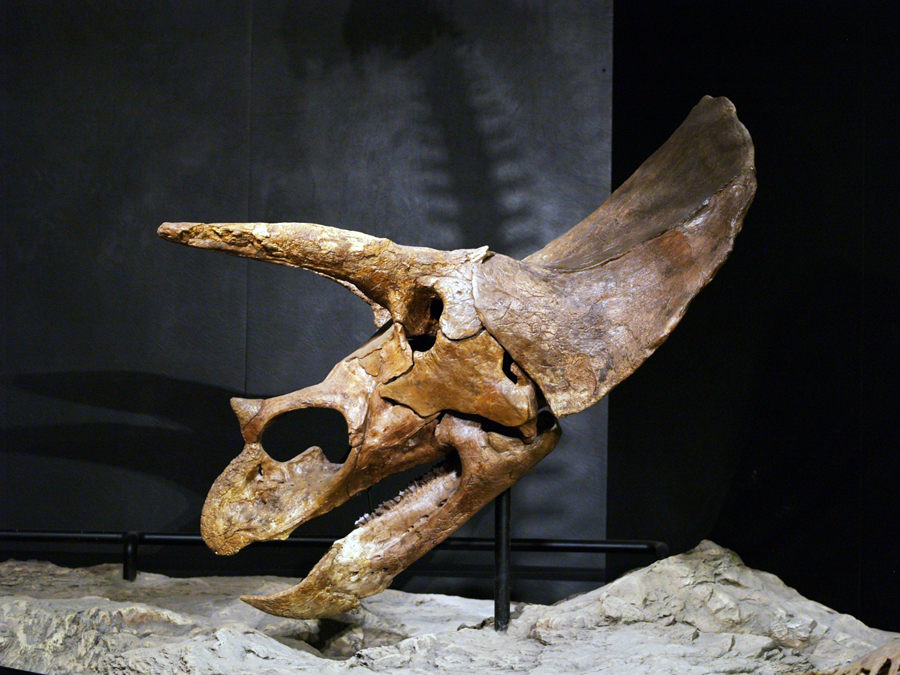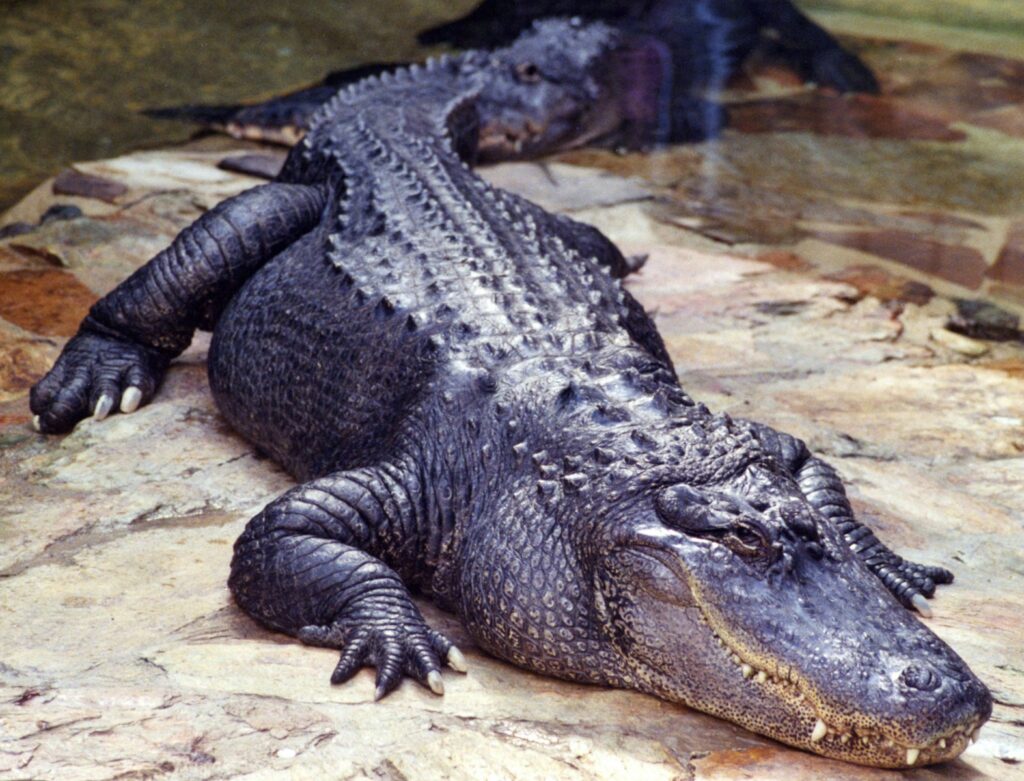While dinosaurs dominated the landscapes of the Mesozoic Era for over 165 million years, a diverse group of small, mostly nocturnal creatures was evolving alongside them – the early mammals. These resourceful animals survived in ecological niches that dinosaurs couldn’t exploit, developing adaptations that would eventually help them inherit the Earth after the dinosaur extinction. Far from being mere footnotes in prehistoric history, these ancient mammals represent our own distant ancestors and showcase extraordinary evolutionary innovations that laid the groundwork for mammalian success. Let’s explore the fascinating world of these resilient creatures who lived quite literally in the shadow of dinosaurs.
The Origin of Mammals in the Triassic Period

Mammals evolved from a group of reptiles called cynodonts during the Late Triassic period, roughly 225 million years ago. These cynodont ancestors already possessed some proto-mammalian features, including differentiated teeth and possibly whiskers and fur. The earliest true mammals were small, shrew-like creatures that weighed mere ounces and likely consumed insects and other invertebrates. Morganucodon, one of the first true mammals, appeared around 205 million years ago with key mammalian characteristics like a secondary palate and a jaw made from a single bone. These early adaptations marked the beginning of the mammalian lineage that would quietly diversify while dinosaurs claimed most of the spotlight throughout the Mesozoic Era.
Size and Ecological Constraints

Early mammals were severely constrained in body size during the Age of Dinosaurs, with most species weighing less than a pound. This size limitation was likely due to competition with dinosaurs, which dominated terrestrial ecosystems and occupied most large-bodied niches. The miniature stature of Mesozoic mammals forced them to evolve specialized adaptations for their small size, including high metabolic rates and enhanced sensory capabilities.
Intriguingly, this size constraint may have been beneficial in the long run, as it drove the evolution of mammalian intelligence, warm-bloodedness, and nocturnal lifestyles. Recent fossil discoveries like Repenomamus, a badger-sized mammal from China that apparently ate small dinosaurs, show that there were some exceptions to the small-size rule, but these larger mammals remained relatively rare throughout the Mesozoic.
Nocturnal Adaptations

The majority of Mesozoic mammals were nocturnal, active primarily during the night when most dinosaurs were inactive. This temporal niche partitioning allowed mammals to avoid competition and predation from dinosaurs. To navigate the nighttime world, early mammals evolved enhanced senses of hearing and smell, as evidenced by the enlarged auditory regions and olfactory lobes in their fossil skulls. Their eyes also adapted for low-light conditions, and many developed specialized whiskers for sensing their environment through touch.
This nocturnal legacy persists in many modern mammals, which retain excellent night vision and keen senses of smell. The “nocturnal bottleneck” hypothesis suggests that mammals were predominantly nocturnal for so long that many mammalian characteristics – including warm-bloodedness, fur, and specialized sensory capabilities – may have evolved specifically as adaptations for nighttime activity.
Diverse Feeding Strategies
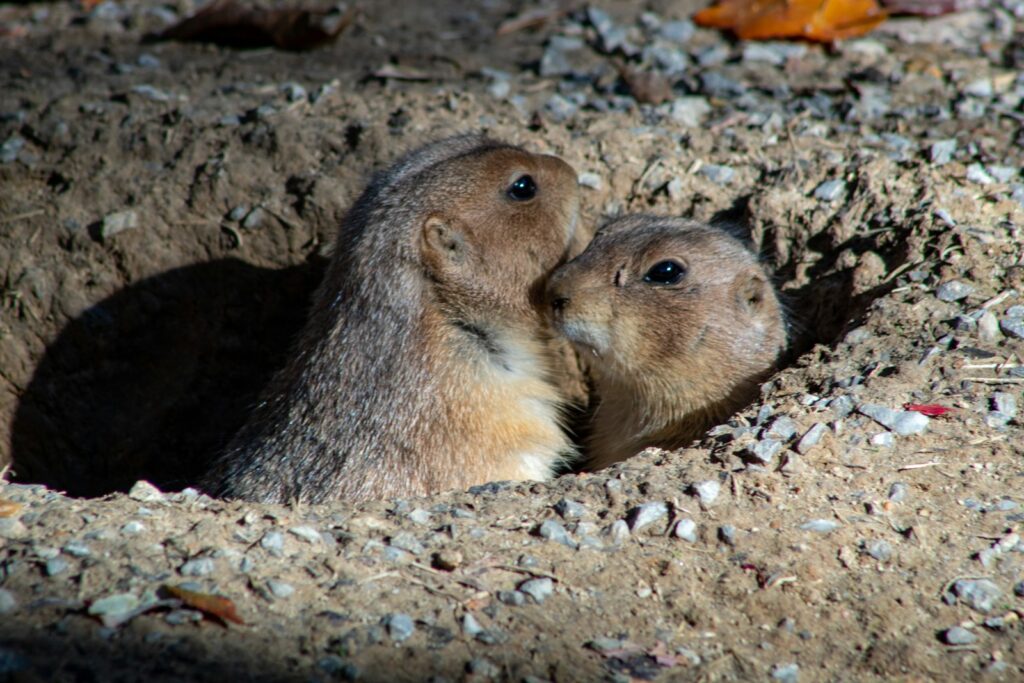
Despite their small size, Mesozoic mammals developed remarkably diverse feeding adaptations. Insectivorous mammals like Juramaia and Eomaia had sharp, pointed teeth perfect for piercing the exoskeletons of insects and other invertebrates. Omnivorous species such as Sinodelphys possessed a more varied dentition that could process both animal and plant matter. Some early mammals were specialized herbivores with teeth designed for grinding tough plant material.
Surprisingly, there were even carnivorous mammals like Repenomamus that preyed on vertebrates, including small dinosaurs. The fossil record has preserved specimens of Repenomamus with the remains of juvenile dinosaurs in their stomach region, demonstrating that mammals occasionally turned the tables on their reptilian competitors. This diversity of feeding strategies foreshadowed the remarkable dietary adaptations seen in modern mammals.
Major Groups of Mesozoic Mammals
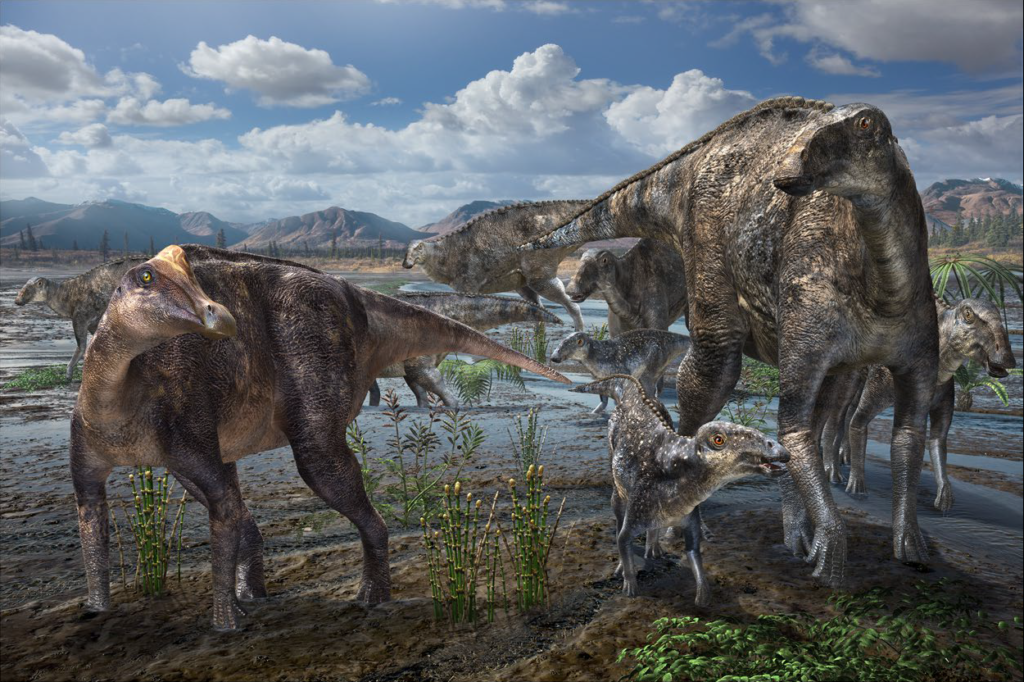
Several distinct lineages of mammals coexisted during the Mesozoic Era. The docodonts were early mammals with complex teeth specialized for omnivorous diets, while multituberculates possessed rodent-like teeth and became one of the most successful Mesozoic mammal groups, surviving for over 100 million years. The symmetrodonts were characterized by triangular molars adapted for shearing food, and the triconodonts had three-cusped teeth aligned in a row.
Perhaps most important for understanding human evolution, the early therians appeared during the Jurassic, eventually giving rise to marsupials and placental mammals. Each of these groups represented different evolutionary experiments in mammalian design, with varying degrees of success. The multituberculates, for instance, survived the mass extinction that killed the non-avian dinosaurs but eventually went extinct during the Oligocene, while the therians gave rise to most modern mammal species.
Fur, Milk, and Mammalian Innovations

The mammalian hallmarks of fur and mammary glands likely evolved early in mammalian history, though direct fossil evidence is rare. Castorocauda, a beaver-like mammal from the Middle Jurassic, has preserved impressions of fur and a flattened tail, suggesting it was semi-aquatic. Fur would have provided crucial insulation for maintaining the elevated body temperatures associated with endothermy (warm-bloodedness).
The ability to produce milk, another defining mammalian trait, allowed mothers to nourish their young with a portable, highly nutritious food source. This innovation meant mammalian mothers could hide their vulnerable offspring in burrows or nests while foraging, increasing survival rates. These adaptations gave early mammals considerable advantages over egg-laying reptiles, allowing more parental investment in fewer, better-protected offspring.
Locomotion and Habitat Exploitation

Mesozoic mammals occupied diverse habitats and evolved specialized locomotor adaptations. Many early mammals, like Juramaia, were likely arboreal (tree-dwelling), with grasping hands and feet for climbing through the Mesozoic forests. Others, like the docodont Castorocauda, show adaptations for swimming, including a flattened tail and webbed feet. The discovery of Volaticotherium, a 164-million-year-old gliding mammal from China, revealed that mammals had evolved the ability to glide between trees long before bats developed powered flight.
Some mammals, like the multituberculates, were likely terrestrial but agile, moving quickly along the forest floor and perhaps burrowing for protection. These diverse locomotor adaptations allowed Mesozoic mammals to exploit ecological niches unavailable to dinosaurs, particularly in complex three-dimensional environments like forests.
Reproduction and Parental Care

Early mammals displayed diverse reproductive strategies that foreshadowed the variety seen in modern mammals. Some Mesozoic mammals, like the monotreme-like Steropodon from Australia, likely laid eggs as echidnas and platypuses do today. Others had evolved live birth, though probably with short gestation periods more similar to modern marsupials than placental mammals. The discovery of Juramaia, a 160-million-year-old proto-eutherian (ancestor to placental mammals), pushes back the origins of the placental reproductive system much earlier than previously thought.
Evidence of parental care is found in the large relative brain size of many mammal fossils, suggesting significant post-birth development and learning. This intensive parental investment may have been a key advantage for mammals, allowing for the transmission of learned behaviors and the development of complex social systems that would become crucial for mammalian success after the dinosaur extinction.
Brain Evolution and Sensory Processing

Mesozoic mammals underwent significant brain evolution, developing larger brains relative to body size than their reptilian ancestors. Endocasts (fossil impressions of the brain) show expanded areas for sensory processing, particularly regions devoted to smell, hearing, and tactile sensation via whiskers. The neocortex, the part of the brain responsible for higher cognitive functions in modern mammals, began its expansion during this period. This neural development supported the complex sensory discrimination and behavioral flexibility needed for nocturnal living.
Interestingly, brain enlargement may have been driven partly by the challenges of maintaining endothermy (warm-bloodedness) in small-bodied animals, as a higher metabolic rate requires more sophisticated thermoregulatory control. These neural adaptations laid the groundwork for the extraordinary cognitive capabilities seen in many modern mammals, including humans.
Fossil Discoveries Transforming Our Understanding
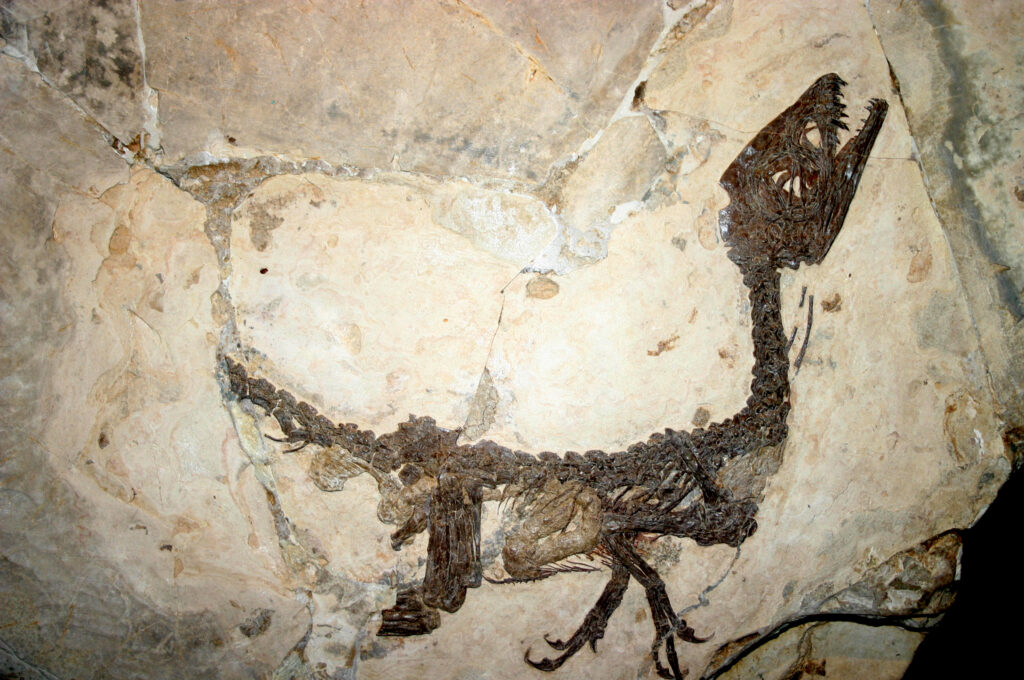
Recent decades have seen an explosion of fossil discoveries that have revolutionized our understanding of Mesozoic mammals. The rich fossil beds of Liaoning Province in China have yielded exceptionally preserved specimens, including Juramaia (the earliest known eutherian), Repenomamus (the dinosaur-eating mammal), and the gliding Volaticotherium.
Unlike earlier findings limited mostly to teeth and jaw fragments, many of these specimens retain soft tissue impressions, fur, stomach contents, and complete skeletal structures. Advanced imaging techniques like synchrotron radiation have allowed scientists to examine microscopic details of fossils without destroying them, revealing growth patterns and internal anatomy. The Late Jurassic Morrison Formation in North America and the Early Cretaceous Yixian Formation in China have been particularly productive sites, yielding dozens of new species and demonstrating that Mesozoic mammal diversity was much greater than previously recognized.
Coevolution with Flowering Plants
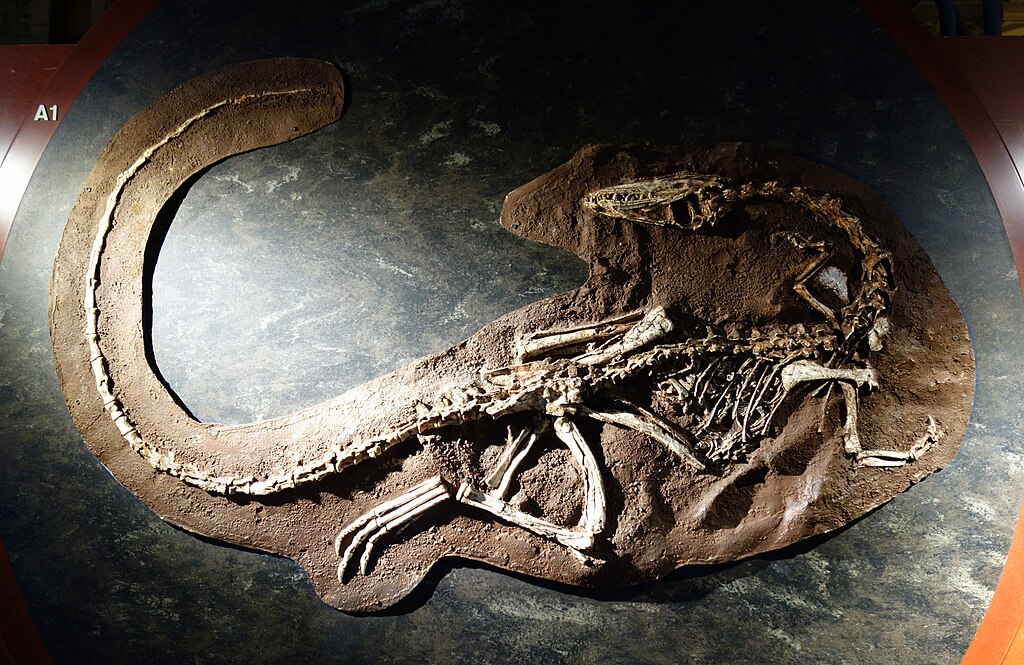
The Cretaceous Period witnessed the rise of flowering plants (angiosperms), which dramatically transformed terrestrial ecosystems and created new opportunities for mammals. Early mammals likely contributed to angiosperm success through seed dispersal and pollination, establishing mutually beneficial relationships that continue today. Evidence suggests that some multituberculates developed teeth specialized for consuming angiosperm fruits and seeds, allowing them to exploit these new food resources.
Pollen found in fossil mammal gut contents confirms these dietary connections. As angiosperms diversified and became dominant, they created more complex forest canopies with varied ecological niches that arboreal mammals could exploit. This coevolutionary relationship between mammals and flowering plants represents one of the most important ecological partnerships in Earth’s history, setting the stage for the spectacular radiation of fruit-eating mammals observed after the dinosaur extinction.
Surviving the K-Pg Mass Extinction

The Cretaceous-Paleogene (K-Pg) mass extinction 66 million years ago eliminated all non-avian dinosaurs but was survived by several mammal lineages. This differential survival has been attributed to various mammalian adaptations, including small body size, dietary flexibility, and burrowing habits that provided shelter from the immediate catastrophic effects of the asteroid impact. Many mammals could consume seeds, nuts, and underground plant parts that would have remained available after widespread defoliation.
The ability to enter torpor or hibernation may have helped some species survive periods of food scarcity following the extinction event. Analysis of fossil teeth from organisms spanning the extinction boundary shows that mammals experienced selective extinction too, with specialist feeders suffering more than generalists. Approximately 93% of mammal species survived the extinction event compared to complete elimination of non-avian dinosaurs, marking the end of mammalian subordination and the beginning of the Age of Mammals.
Legacy in Modern Mammalian Evolution
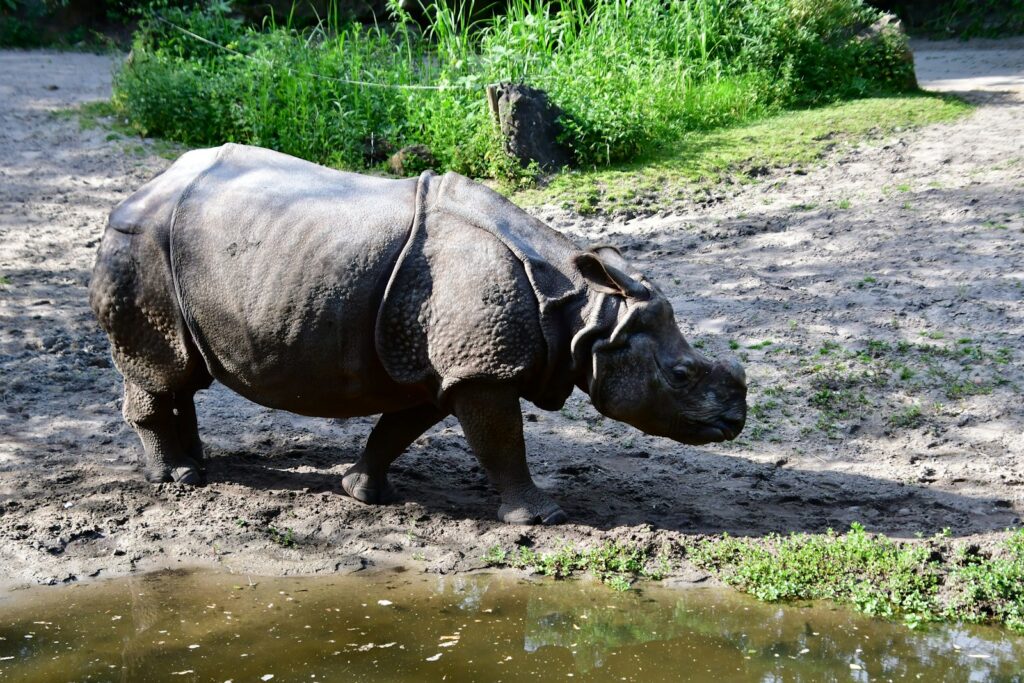
The evolutionary innovations that arose among Mesozoic mammals laid the foundation for the spectacular diversification of mammals following the dinosaur extinction. Adaptations like endothermy, complex dentition, sophisticated sensory systems, and advanced parental care positioned mammals to rapidly exploit newly available ecological niches. The three major mammal lineages—monotremes, marsupials, and placentals—all trace their origins to the Mesozoic Era. Within just 10 million years after the K-Pg extinction, mammals had diversified into most of the major groups recognized today and had increased dramatically in body size.
The specialized middle ear bones that enhance mammalian hearing evolved from jaw bones in cynodont ancestors, demonstrating how structures can be repurposed for new functions throughout evolutionary history. Perhaps most significantly, the small nocturnal mammals that scurried beneath the feet of dinosaurs included our own direct ancestors, linking humans to this remarkable story of evolutionary persistence and ultimate triumph.
Conclusion

The mammals of the Mesozoic Era represent one of evolution’s most remarkable success stories. Far from being evolutionary also-rans, these small but sophisticated creatures developed the key adaptations that would eventually allow mammals to become the dominant terrestrial vertebrates after dinosaurs disappeared. Their story teaches us that evolutionary success isn’t always about immediate dominance—sometimes it’s about finding specialized niches, developing innovative adaptations, and simply surviving long enough for conditions to change. The next time you pet a cat, marvel at a whale, or simply look in the mirror, remember that you’re observing the descendants of those resilient little mammals that once lived in the shadow of giants.


